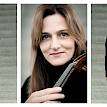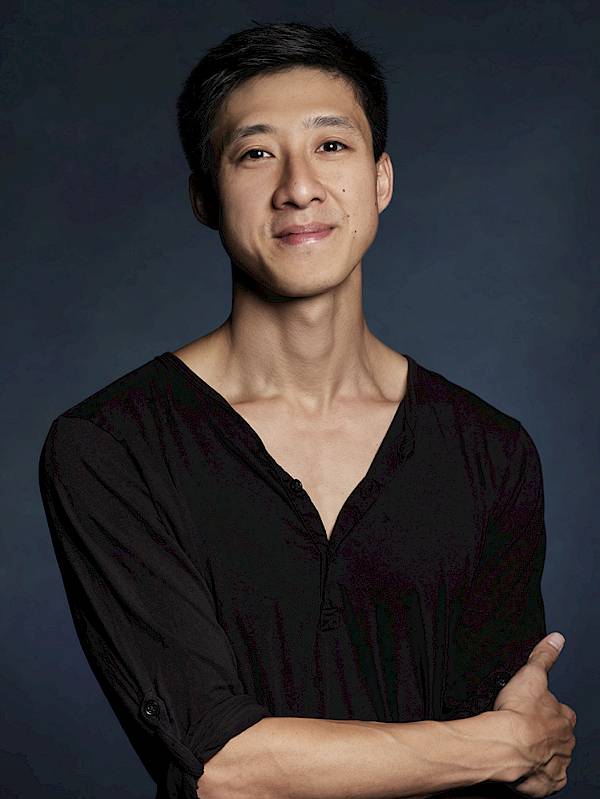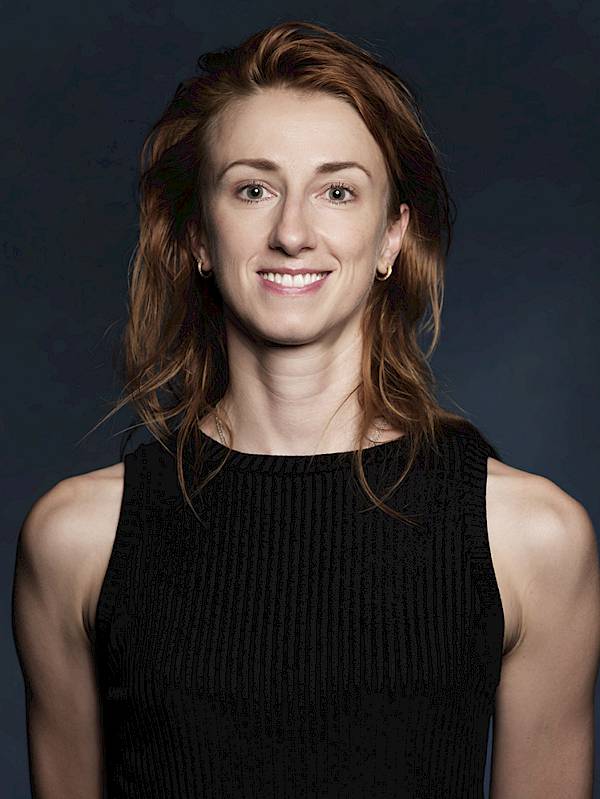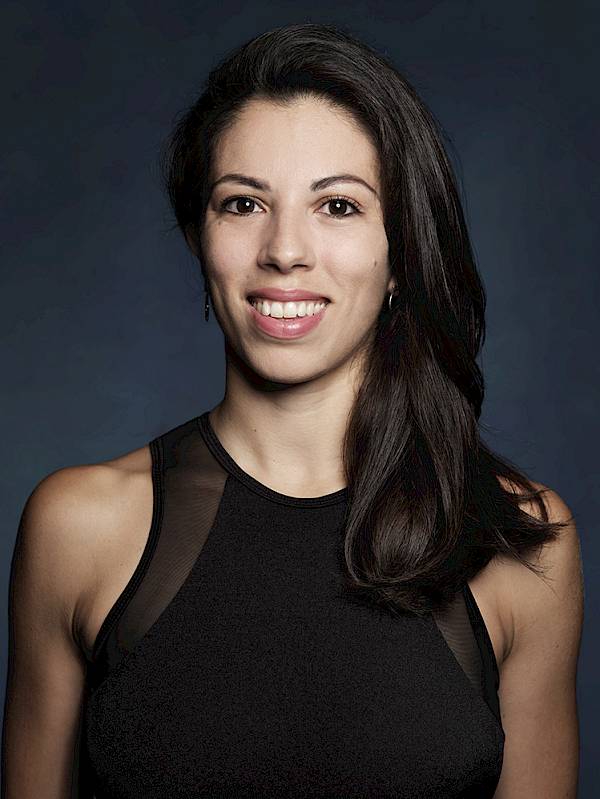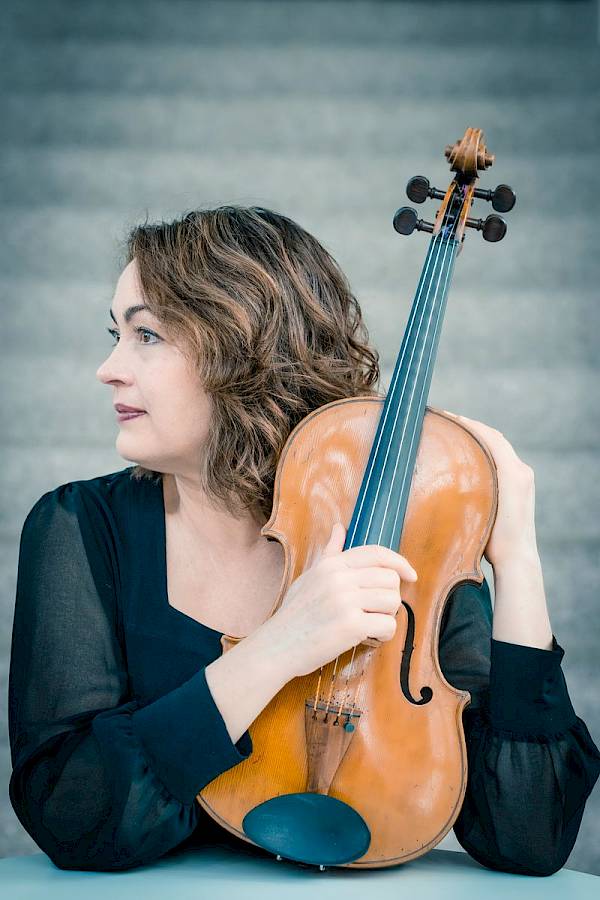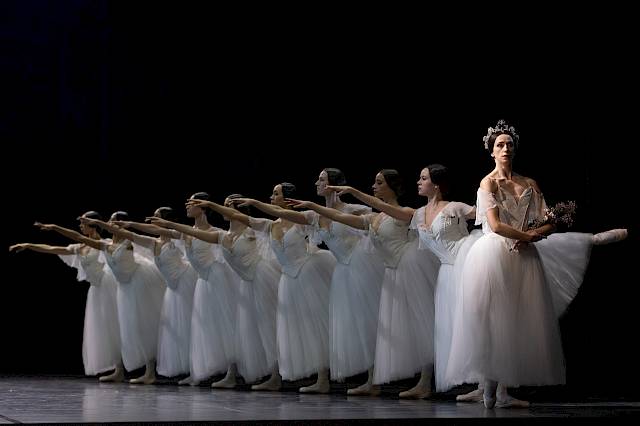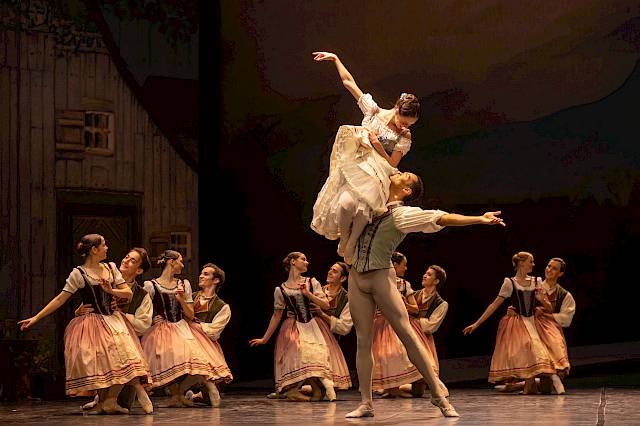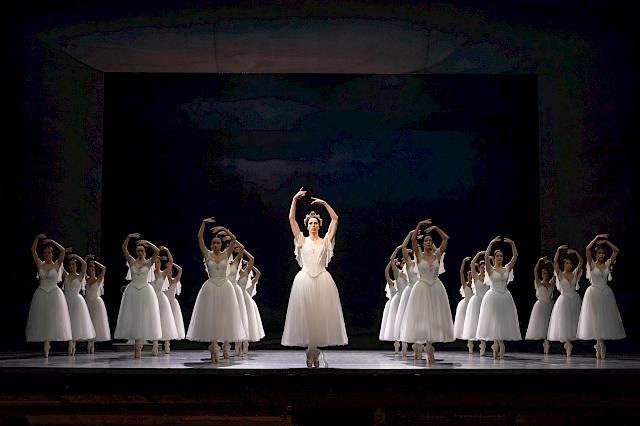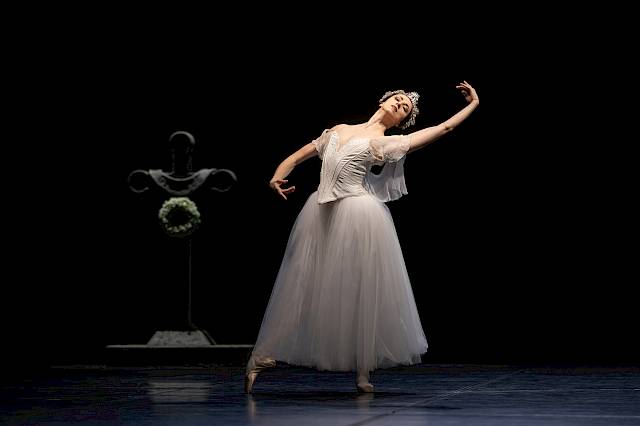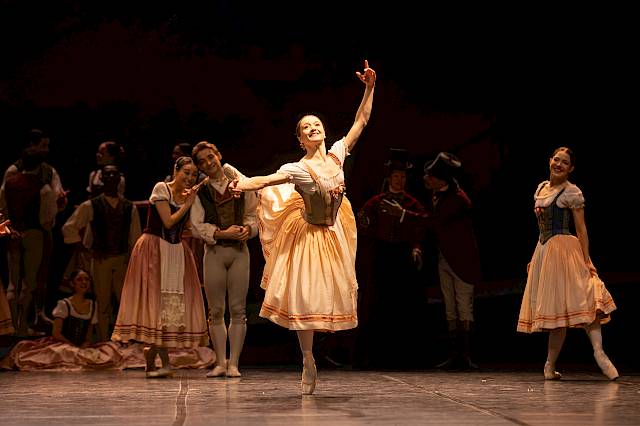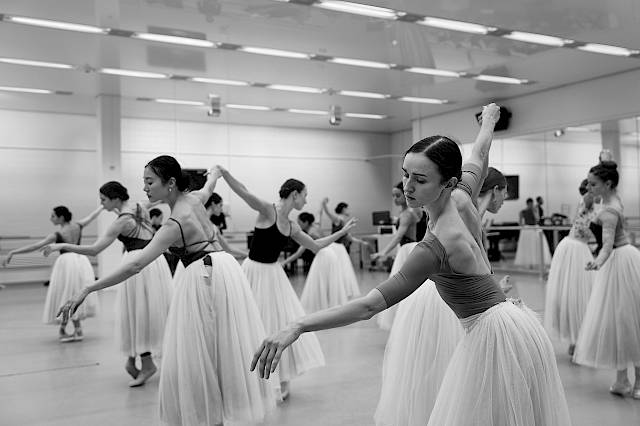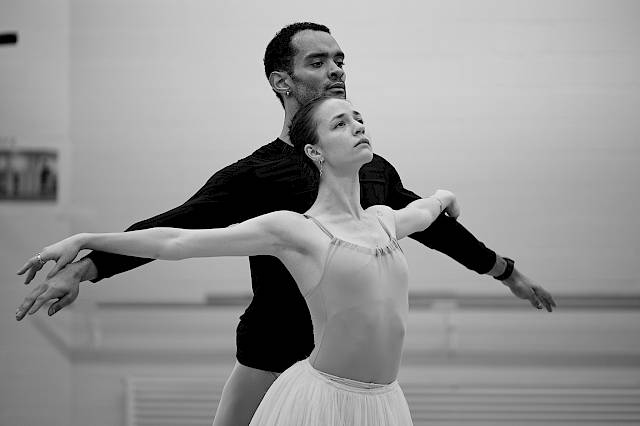Abstract
The date of 28 June 1841 marks the birth of romantic ballet at the Paris Opera. Based on a story published by Heinrich Heine in 1834, Giselle ou Les Wilis tells the tale of a peasant girl who unwittingly falls in love with a duke; her love is betrayed, she succumbs to insanity and dies. After her death, Giselle joins the circle of the Wilis. Ghostly nocturnal creatures, these abandoned brides lure travellers into an inexorable, fatal dance. In order to protect her lover from the vengeance of her companions, Giselle dances for him in front of the Ghost Queen Myrtha – until the sinister power of the Wilis ends at daybreak.
Not least due to Adolphe Adam’s imaginative and catchy music, Giselle has lost none of its mystique even after 175 years. Patrice Bart staged the ghostly fairy tale in 2015, presenting a new, magical version of the piece with Zurich Ballet. Bart’s interpretation is based on the original choreography by Jean Coralli and Jules Perrot. Patrice Bart’s career has been linked to the ballet of the Opéra de Paris for more than fifty years. After the end of his career as a dancer, he became First Ballet Master and, jointly with Eugène Polyakov, assumed responsibility for the Paris ensemble in 1969. In 1991, the 150th anniversary of the première of Giselle was already reason enough for the two artists to stage a new première of this key work of ballet history. Paul Connelly will be conducting the Philharmonia Zurich for the revival of this production.



























